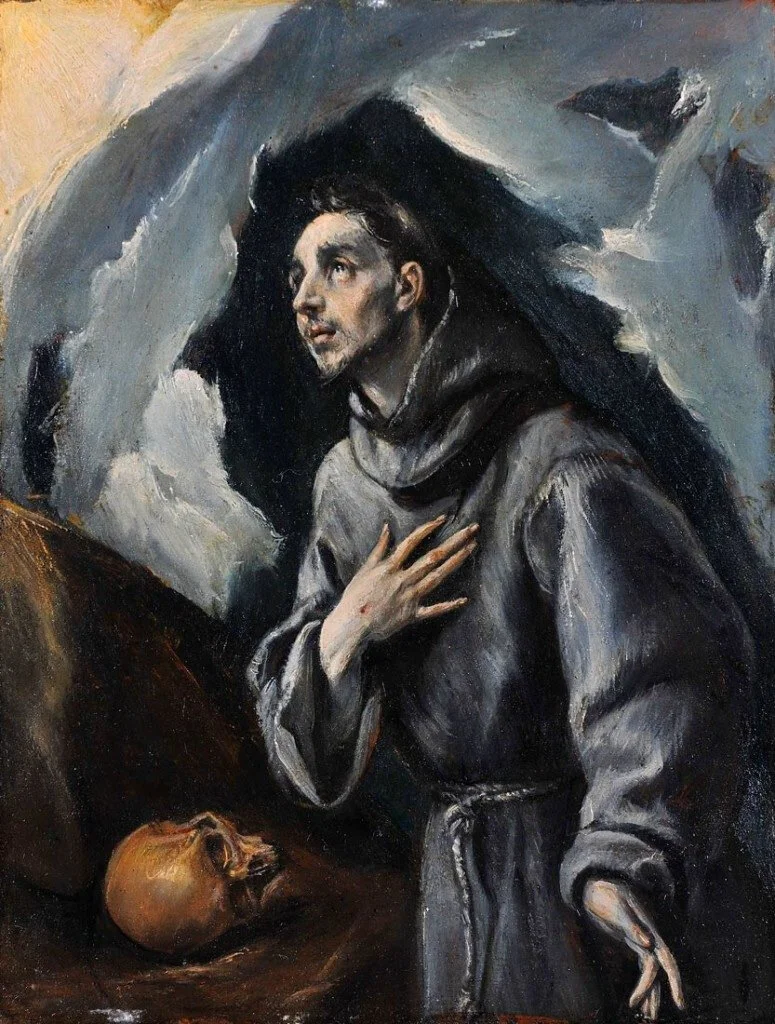Art & Finance Newsletter #36 - A Look Inside New York's Art Fortress
The New York Times did a photo and video essay on a fine art storage facility in New York City (see below). Recently I was invited to tour the Shanghai Free Trade Zone fine art storage facility.
The Shanghai facility is in the final stages of construction and looks impressive. But given it's size and location I can't help but think it may be a while before the facility is anywhere near capacity.
If you are visiting Shanghai and would like an introduction and a tour of the facility do let me know.
Onto the art market...
Step Inside New York's Art Fortress
Click on the link below to see images and video from inside one of the newest fine art storage facilities in New York City. This particular facility is also a free-trade zone.
New York Times - Step Inside New York's Art Fortress
Independent Art Institutions Serve an Important Role in China
It was in the early 20th century that Pablo Picasso was first embraced in China. His blue period (1901-1904)—characterised by solemn paintings of gaunt figures and beggars—earned him a reputation for being sensitive to the lower classes and led Chen Shiwen, a Chinese art scholar, to proclaim him the “Lenin of Painting”. Picasso’s profile in the country was further boosted by his decision to join the French Communist Party in 1944 (though he was hardly an active member): his left-leaning politics and preoccupation with peace seemed to put him in service to the proletariat.
But by the onset of the Cultural Revolution in 1966, Picasso had been rebranded as decadent, feudal and a “poisonous weed” by People’s Daily, the official newspaper of the Communist Party. His work, like that of so many other intellectuals and artists, was simply ignored until Deng Xiaoping’s “reform and opening-up”, a period which began in the late 1970s. In 1983 the National Art Museum of China presented “Original Works from Picasso”.
“The evolution of Picasso’s image in China is a mirror [of] the nation itself,” writes Wu Xueshan, a scholar at the Chinese Academy of Fine Arts, in a preface to “Birth of a Genius”, an exhibition of the artist’s work recently hosted at the UCCA Centre for Contemporary Art (UCCA) in Beijing.
UCCA, a cornerstone of the 798 arts district, usually attracts approximately 900,000 visitors a year; 350,000 saw this show alone. It drew an assorted crowd of government officials, intellectuals, artists, families, students and curious residents keen to escape the summer heat of their flats. It was covered generously by all major Chinese state-media outlets and even became something of a destination for pop stars and celebrities—a few of whom were initially recruited to promote the exhibition—to post about online.
Given the current nationalistic mood in China, such a splashy reception for a foreign artist may seem odd. But UCCA, as an independent not-for-profit gallery established by Guy Ullens, a Belgian art collector, and now run by Jerry Mao, an entrepreneur, and Derek Sulger, his business partner, is able to stage ambitious shows that the Chinese government would not be interested in funding (“Birth of a Genius” was made possible by sponsorship from Sotheby’s and Morgan Stanley, among others).
Most significant is the fact that independent institutions are bearing some of the cultural-diplomacy load. For “Birth of a Genius”, the Musée National Picasso in Paris loaned 103 works of art, valued at nearly $1bn. France has a long history of lending artworks to China, but this was the largest and most prized offering to date. Xi Jinping and Emmanuel Macron discussed plans for the exhibition during the French president’s visit to China in January 2019 as well as the possibility of future Chinese loans to France, designating 2021 the year of “Sino-French cultural tourism”. At a time when China’s relations with the West can be tense, art is encouraging dialogue and cooperation.
Economist - Independent Institutions Serve Important Role in China
Thieves Steal Solid Gold Artwork from Blenheim Palace
British police have arrested a man after burglars stole Maurizio Cattelan‘s solid gold toilet from Blenheim Palace. The conceptual work of art, reportedly worth around $5 million, is still missing 24 hours after the daring heist, leading to fears that the 18-karat gold work might be melted down.
A gang of thieves broke into the stately home near Oxford the night after Cattelan’s America (2016) had gone on display to the public. Police confirmed in a statement that the thieves had made their getaway by 4:50 a.m. on Saturday morning, having removed the high-value, heavy weight, and fully functioning work of art. It had been plumbed into the water closet once used by Winston Churchill.
The audacious theft will also cause red faces at Blenheim Palace and the Blenheim Art Foundation, which organized the Italian artist’s first solo show in the UK. Cattelan corrected speculation that the theft was a hoax. “I wish it was a prank,” he told the New York Times, adding that the robbery is “deadly serious if even a little bit surreal.”
The chief executive of Blenheim Palace, Dominic Hare, said in a statement: “We hope against hope” that America can be recovered.
Thames Valley Police confirmed that a 66-year-old man has been arrested in connection with the theft, and that he remains in custody. In a statement, Blenheim Palace said that it was relieved that no one was hurt during the robbery. The thieves did cause significant flooding when they removed toilet, however, and Blenheim Palace remained shut yesterday, September 14. It is due to reopen today. The extent of the damage to the historic interior of water closet near Churchill’s bedroom, and rooms beneath it, is unclear.
Artnet - Thieves Steal Solid Gold Artwork from Blenheim Palace
...and things are picking up. I had better get back to client work here.
Speak soon,
Blake
